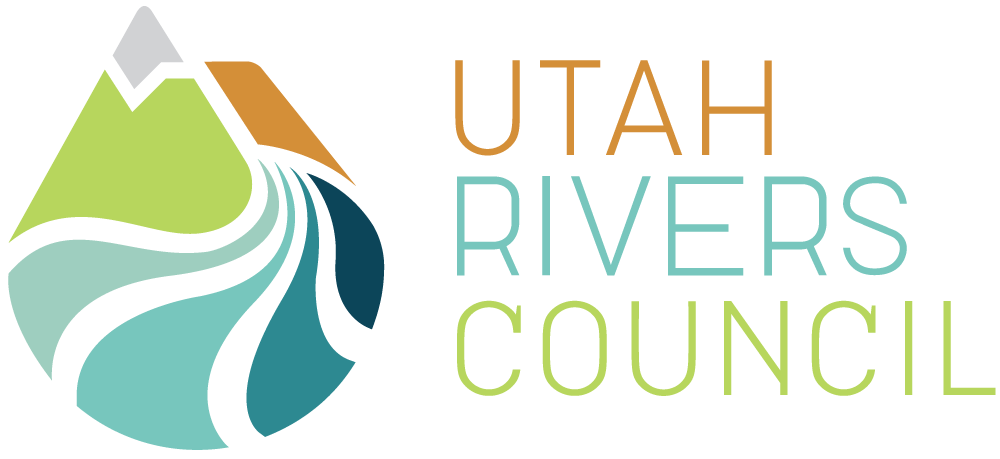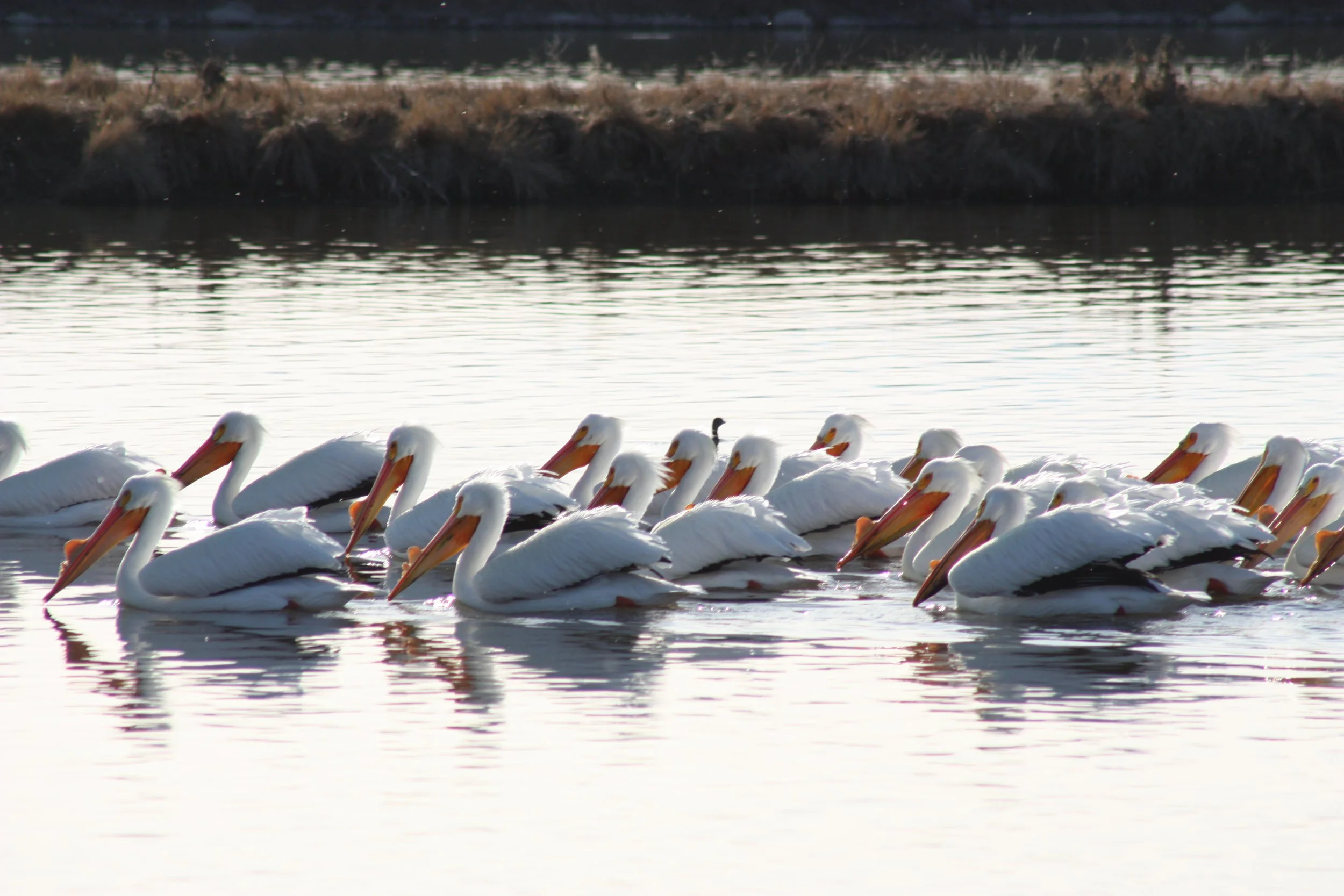Utah’s Leadership Failures Drop Great Salt Lake Water Level to 4,192 Feet
The Great Salt Lake’s South Arm dropped to 4,192 feet above sea level, triggering toothless conservation measures which are too little and far too late for this struggling ecosystem. The lake is now on track to hit a new historic low in 2026, jeopardizing the 12 million migratory birds it harbors annually, the $1.3 billion lake-supported economy, and the health of all Wasatch Front residents.
Utah legislators are also preparing to meet in a special session and legislate to dry up the North Arm of the Great Salt Lake, which they have been preparing to do in legislation passed over the last few legislative sessions. Since the North Arm represents 40% of the surface area of the lake, this move formalizes Utah’s leadership failure in protecting the largest remaining wetland ecosystem in the American West.
This is a disaster we could have avoided had state leaders not squandered the precious time they had to raise water levels.
The statehouse has failed to enact — or even seriously consider — meaningful water conservation policies like giving the lake legal protection, setting an official water level goal, fixing Utah’s broken agricultural optimization program, or phasing out the property taxes that encourage water waste. These are just a handful of the many options Utah legislators shot down while circulating years of propaganda to hoodwink Utahns into believing they’re doing all they can to save the lake.
American White Pelicans at the Great Salt Lake. As lake levels fall, the pelican rookery on Gunnison Island in the North Arm is no longer an
island, allowing predators to walk to the island and prey on eggs and hatchlings. The Utah Legislature is meeting to pass legislation to dry up
the North Arm with no plan in place to raise lake levels.
By contenting themselves with hand-wringing, propaganda, and calls for prayer, state leaders have made this crisis at the Great Salt Lake inevitable.
Now more than ever, we need to make bold, systemic changes to water policy if we’re to save the Great Salt Lake. We must hold our leaders accountable for their continued failure to do so.

